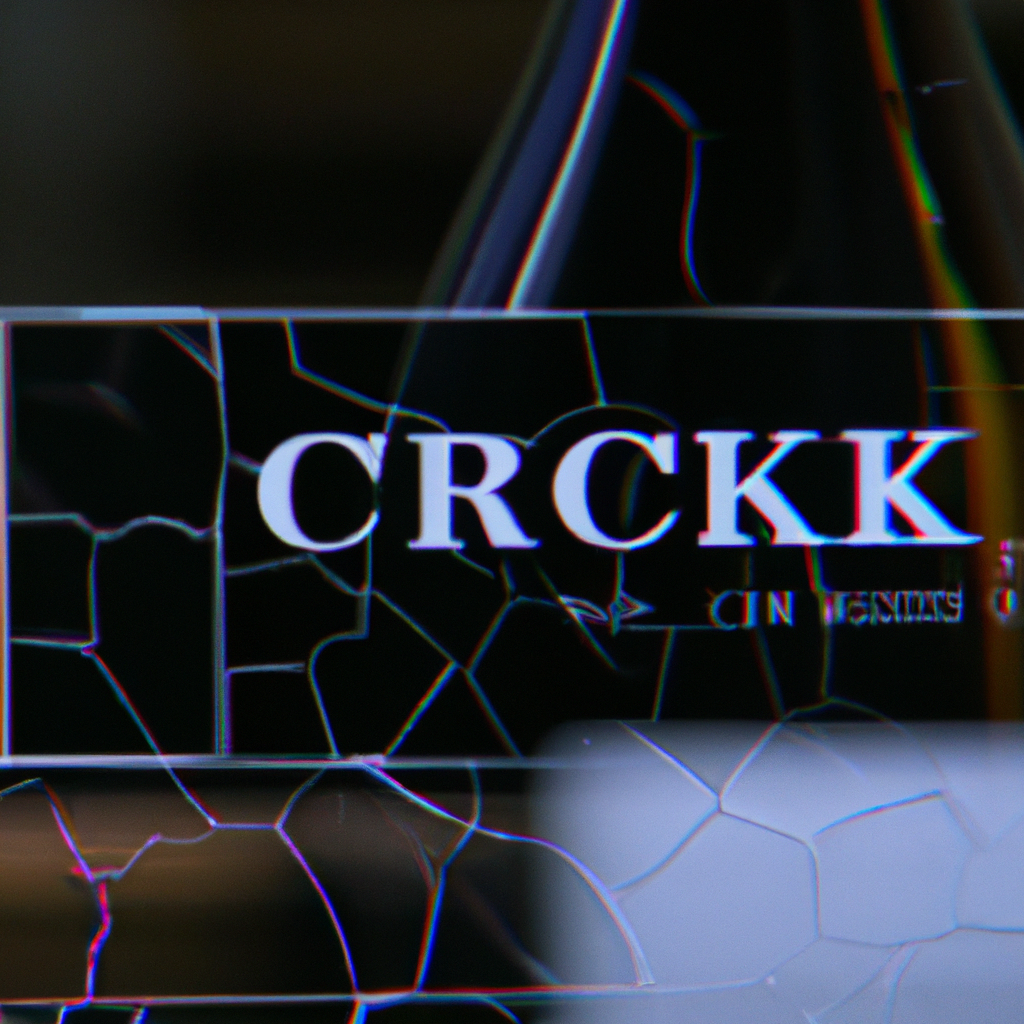
-
Article Summary
- Cracking the Code: Demystifying Wine Labels
- Key Takeaways
- Introduction: Unveiling the Mysteries of Wine Labels
- Decoding the Basics: Origin, Grape Variety, and Vintage
- Old World vs. New World Labels
- Additional Terms: Reserve, Estate Bottled, and More
- FAQ Section
- 1. What does the alcohol content on a wine label indicate?
- 2. What does it mean when a wine label says “Contains Sulfites”?
- 3. What is a DOC or AOC on a wine label?
- 4. What does “Vintage” mean on a wine label?
- 5. What does “Varietal” mean on a wine label?
- Conclusion: Empowering Consumers Through Knowledge
- Revisiting the Key Takeaways
- References
Cracking the Code: Demystifying Wine Labels

[youtubomatic_search]
Key Takeaways
- Understanding wine labels can enhance your wine selection experience.
- Wine labels contain crucial information about the wine’s origin, grape variety, and vintage.
- Labels from Old World wines and New World wines differ significantly in their presentation of information.
- Additional terms on wine labels, such as “Reserve” or “Estate Bottled,” can provide further insights into the wine’s quality and production methods.
- Being able to decipher wine labels can empower consumers to make informed choices and discover new wine preferences.
Introduction: Unveiling the Mysteries of Wine Labels
For many, selecting a bottle of wine can be an intimidating task, largely due to the cryptic nature of wine labels. However, these labels are not meant to confuse but to inform. They contain a wealth of information about the wine you’re about to purchase, from its origin and grape variety to its vintage and production methods. This article aims to demystify wine labels, empowering you to make informed decisions and enhance your wine selection experience.
Decoding the Basics: Origin, Grape Variety, and Vintage
The first step in understanding a wine label is to identify the wine’s origin, grape variety, and vintage. The origin, often indicated by a region or vineyard name, can give you a clue about the wine’s character and quality. For instance, a wine labeled “Napa Valley” indicates that at least 85% of the grapes used are from this renowned Californian wine region1.
The grape variety refers to the type of grape used to make the wine. Some wines, like Pinot Noir or Chardonnay, are named after their grape variety. However, many Old World wines (wines from regions with a long history of wine production, like France, Italy, and Spain) are named after their region of origin, and the grape variety is implied.
The vintage year on a wine label refers to the year the grapes were harvested. This is significant as the weather conditions of a particular year can greatly influence the taste and quality of the wine.
Old World vs. New World Labels
One of the main challenges in understanding wine labels comes from the differences between Old World and New World labels. Old World labels tend to emphasize the wine’s origin, often a specific vineyard or region, and assume a certain level of knowledge about the grape varieties traditionally grown in that area. For example, a wine labeled “Chianti” implies it is made from primarily Sangiovese grapes, as this is the traditional grape of that Italian region.
On the other hand, New World labels, from regions like the United States, Australia, and South America, typically highlight the grape variety. They are generally more straightforward, often including tasting notes and pairing suggestions.
Additional Terms: Reserve, Estate Bottled, and More
Beyond the basics, there are additional terms that can provide further insights into the wine’s quality and production methods. Terms like “Reserve” or “Estate Bottled” can indicate higher quality, but their meaning can vary depending on the wine region and local regulations.
“Reserve” often implies that the wine is of higher quality, but in regions without strict regulations, it may not hold much weight. “Estate Bottled” means the wine was grown, produced, and bottled on the same estate, indicating a certain level of quality control.
FAQ Section
1. What does the alcohol content on a wine label indicate?
The alcohol content, listed as a percentage, indicates the amount of alcohol by volume (ABV) in the wine. This can give you a clue about the wine’s body and potential sweetness.
2. What does it mean when a wine label says “Contains Sulfites”?
Sulfites are naturally occurring compounds that winemakers often add to wine as a preservative. The phrase “Contains Sulfites” is a legal requirement on wine labels in many countries, including the U.S.
3. What is a DOC or AOC on a wine label?
DOC (Denominazione di Origine Controllata) and AOC (Appellation d’Origine Contrôlée) are Italian and French terms, respectively, for controlled designation of origin. These labels guarantee that the wine comes from a specific region and adheres to certain quality standards.
4. What does “Vintage” mean on a wine label?
“Vintage” refers to the year the grapes were harvested. This is significant as the weather conditions of a particular year can greatly influence the taste and quality of the wine.
5. What does “Varietal” mean on a wine label?
“Varietal” refers to the type of grape used to make the wine. Some wines are named after their grape variety, while others are named after their region of origin.
Conclusion: Empowering Consumers Through Knowledge
Understanding wine labels is not a skill reserved for sommeliers and wine connoisseurs. It’s a tool that can empower all wine lovers to make informed decisions, discover new preferences, and enhance their overall wine experience. By learning to decode the origin, grape variety, vintage, and additional terms on a wine label, you can navigate the wine aisles with confidence and ease.
Revisiting the Key Takeaways
- Wine labels contain a wealth of information that can enhance your wine selection experience.
- Identifying the wine’s origin, grape variety, and vintage is the first step in understanding a wine label.
- Old World and New World wine labels differ in their presentation of information, with the former emphasizing origin and the latter highlighting grape variety.
- Additional terms on wine labels, such as “Reserve” or “Estate Bottled,” can provide further insights into the wine’s quality and production methods.
- Deciphering wine labels can empower you to make informed wine choices and discover new preferences.
[youtubomatic_search]
References
1. Wine Institute. (2020). American Viticultural Areas (AVAs). Retrieved from https://www.wineinstitute.org/resources/avas






